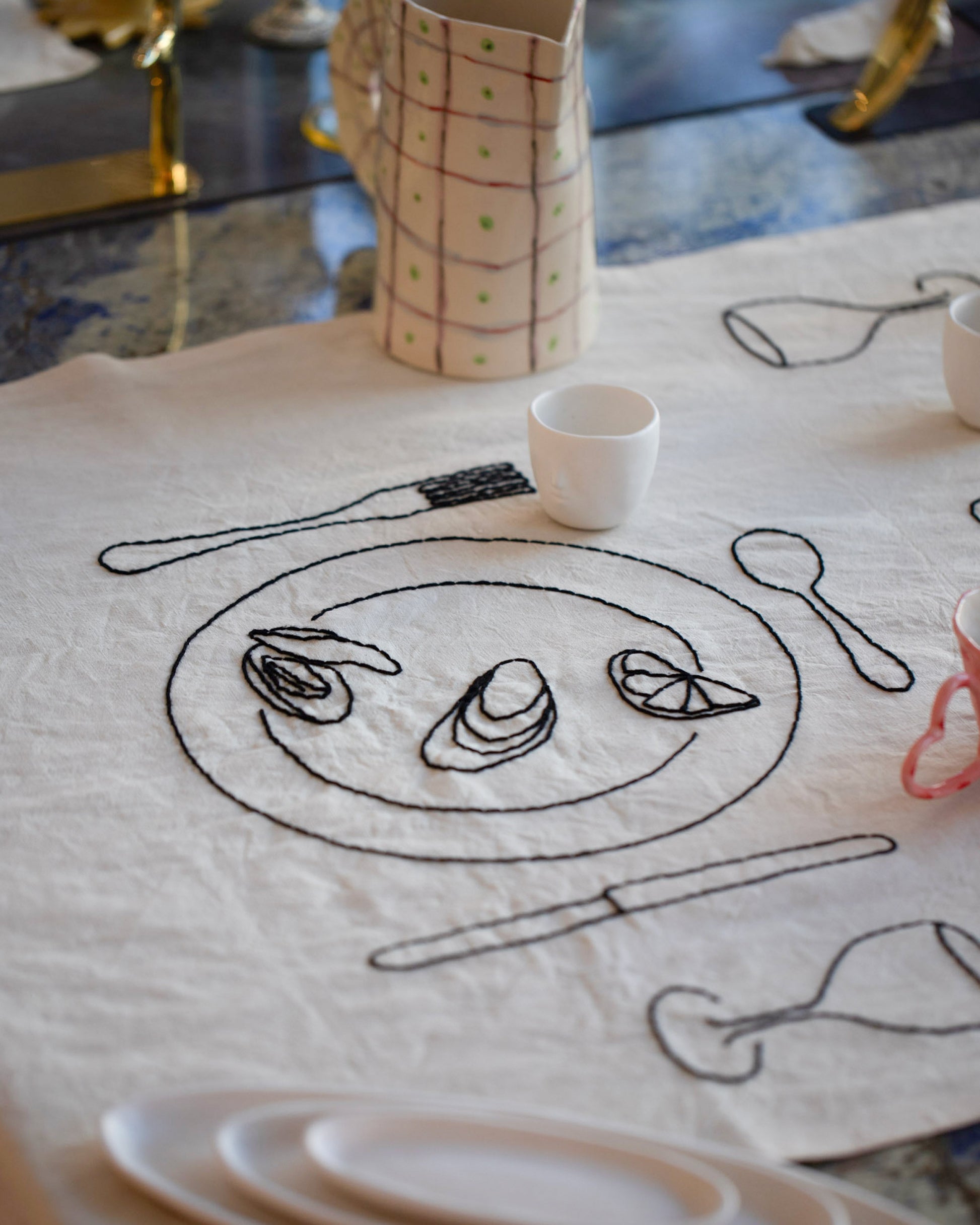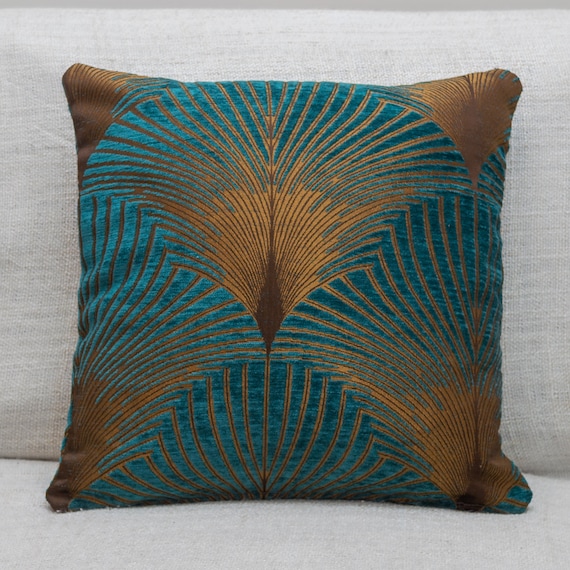Unique Art Things To Know Before You Get This
Unique Art Things To Know Before You Get This
Blog Article
The Definitive Guide for Unique Art
Table of ContentsThe Single Strategy To Use For Unique ArtThe Buzz on Unique ArtUnique Art - QuestionsThe Buzz on Unique Art
While one may discuss which art kind holds precedence, the reality remains that each of these 7 kinds provides a special home window into human history, culture, and development. They are the tapestries that chronicle our trip, reminding us of our past while inspiring visions for the future.Excellent artwork narrates, makes individuals look two times, and develops a special experience that can not be matched. Art and pictures connect every one of that via color, form and other layout aspects. Find out just how to make your unique art work attract attention from the group.
3 Emil DervishIn this entryway by Emil Dervish that gorgeous cobalt blue door swipes the program. To bring a lot more dramatization, he extended the paint. to the doorframe and the wall up, finishing in a curved form. The contours, in addition to a spherical sconce, soften the sides - Unique Art. Structures classic posters and maps of precious locations established the scene.
8 TRIA GIOVANEqual components grand and laidback, this entrance hall designed by Anthony Baratta is the perfect plan to follow if you're enhancing an official entryway that still feels unfussy and comfortable. Patterned textiles take facility stage (see the rugs and the couch), however they additionally help bring the high ceilings to a human scale when hung over wallpaper.
The Basic Principles Of Unique Art
18 Heidi Caillier DesignA gallery wall doesn't need to take up the entire area. Occasionally a small one can make a bigger design declaration. In this living-room, Hiedi Caillier chose micro-mini frameworks and a random structure. Ad - Continue Analysis Below19 Stephen Kent JohnsonDesigner Juan Carretero chose a deep environment-friendly paint shade to contrast with the light wood finishes.
The elements of this languageits forms, lines, colours, tones, and texturesare utilized in numerous means to produce feelings of volume, space, motion, and light on a flat surface. These elements are integrated into expressive patterns in order to represent genuine or superordinary phenomena, to analyze a narrative theme, or to create entirely abstract visual partnerships.
Later on the notion of the "fine artist" established in Asia and Renaissance Europe. Popular painters were paid for the social condition of scholars and courtiers; they authorized their work, determined its layout and frequently its subject and images, and established an extra personalif not constantly amicablerelationship with their patrons. Throughout the 19th century painters in Western societies started to lose their social placement and safe patronage.
The 7-Second Trick For Unique Art
Others made an income with exploring exhibitions of their job. The need to appeal to a market had changed the comparable (if less impersonal) needs of patronage, and its result on the art itself was possibly similar. Typically, artists in the 20th century could reach an more helpful hints audience only with industrial galleries and public galleries, although their job may have been sometimes duplicated in art regulars
It is the sense of inevitability in this formal company that gives a wonderful paint its self-sufficiency and visibility. The colours and positioning of the primary images in a layout may be often largely chosen by representational and symbolic considerations. It is the formal interaction of colours and forms that alone is capable of connecting a specific mood, producing optical experiences of room, quantity, activity, and light and creating pressures of both harmony and stress, also when a paint's narrative importance is obscure.
Don't duplicate the design of other musicians if you're attempting to find your design. Copying other individuals's art work can be excellent in instructional objectives but it will not make you closer to finding your own distinct style. Your imaginative style has to be, what you like and what influences you.

The Only Guide for Unique Art
You require to attempt whole lots of different options and explore whatever before you can concentrate on one certain style or you'll be burnt out, or worse, you'll hate your own design. I see page recommend you to try every single subject that you're interested in, explore as much as you can. Try various tools that delight you and new techniques you've never ever tried before.
With time you'll be able to sort every one of them into your preferred and the very least favorite categories. Attempt to focus your interest on the topics and mediums that you like and before you see it coming you'll have your own individual and unique design, like no person else have! In the end you'll have a couple of favored topics to repaint and maybe a couple of preferred mediums.

Report this page